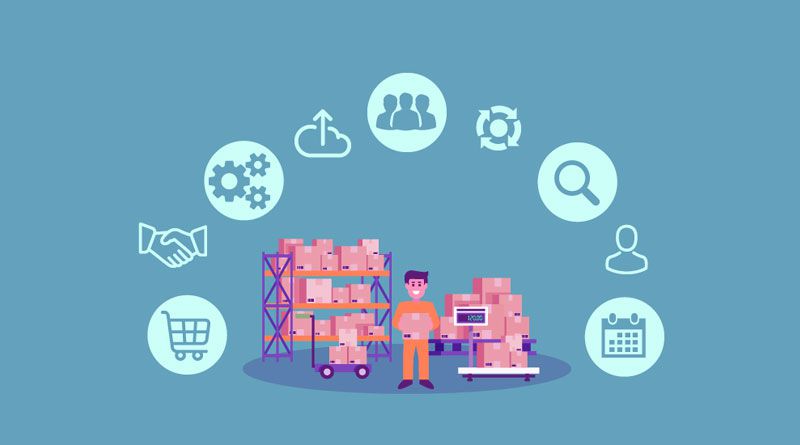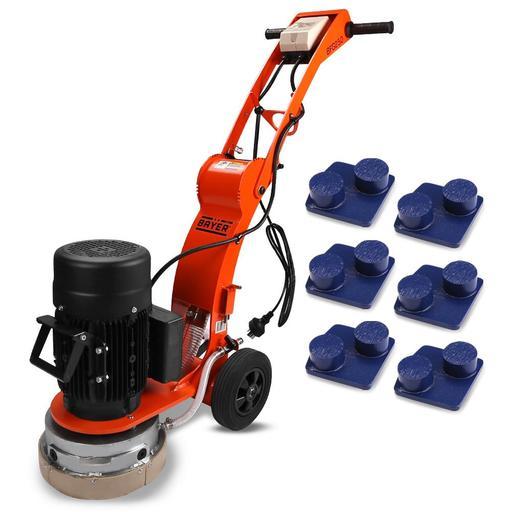Guide to Inventory Optimization
In order to offset some common inventory problems, it’s important to have an inventory optimization plan in place. Inventory optimization is the process of having the right amount of inventory that is needed to meet demand, avoid common issues, such as backorders and overstocking, and keep costs low.
Table of Contents
Main Elements of Inventory Optimization
To make sure you have the right amount of product ready, you need to think about current levels, supplier lead time, storage capacity, future campaigns, and seasonal trends.
Demand Forecasting: This is the process of using your historical data to think about future demand. This can allow you to make better-informed decisions to protect revenue and sales. While it can never be completely accurate, it can help optimize your inventory levels.
Inventory Replenishment: This process involves moving the products from storage to the shelves or getting more inventory from your manufacturer. This process is necessary because it helps you make sure there is enough inventory to process as soon as an order comes in.
Inventory Levels: If you stock too much inventory then this is going to require a lot of capital. If you have too little, it means upset customers and missed sales opportunities. Having the right inventory levels means you have the right amount of product to reduce the risk of some common problems.
Inventory Storage: Having efficient inventory storage is going to be necessary for any business that sells physical goods. The right inventory storage will help you meet your customer expectations and still allow your business to grow. Your storage needs are going to vary by sales volume, product type, and from business to business. Finding efficient ways to store products is going to be a big part of inventory optimization.
Why Is Inventory Optimization So Important?

There are a number of reasons why inventory optimization is necessary.
Reduce Your Operation Costs: Costs associated with inventory management, warehousing, and storage are all expenses related to how well you optimize your inventory. If you don’t have the right inventory flow then you could be paying more than necessary. Optimization can help show you which products are fast selling, which warehouse locations make more sense, or certain items that are necessary during certain times of the year.
Happier Customers: When you have an optimized inventory, you can ensure that your customers’ orders are fulfilled immediately. Get smarter about how much you need of each item and the best places to store these items geographically to make your customers happier.
Better and Faster Delivery Options: When you track your inventory, you are then able to allocate inventory to warehouse locations where there is more demand for certain products so orders can be bulk shipped and at a lower cost.
Balance Inventory Levels: When you optimize your inventory, the goal is to balance levels so that you are able to meet customer demand statistically.
Prevent Overstocking
If you don’t have the right resources to manage your inventory then you could be overstocking. This leads to deadstock and higher carrying costs.
Techniques for Inventory Optimization
There are several different techniques you can use for inventory optimization depending on the size of your inventory and your business. Having the right tools to forecast your demand is going to allow you to make the best-informed decisions. If you use inventory management software, you can sync orders and SKUs and be able to view your inventory over different sales channels, customers, and fulfillment centers all in one place. Some solutions will even allow you to track inventory in real-time, making it even easier to see where your products are.




